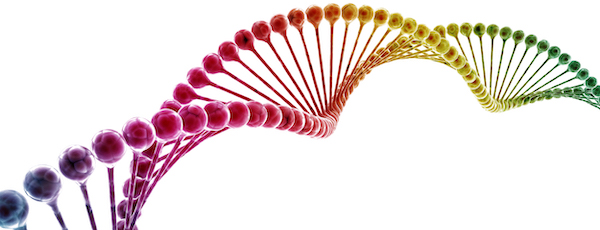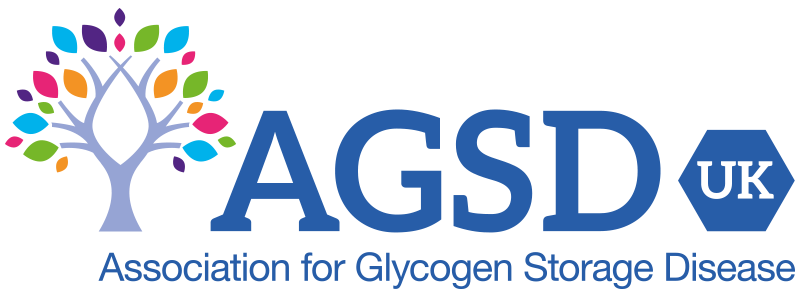There are around 16 variants of GSD plus sub-variants, making about 25 in total. They are classified by a number and by the name of the defective enzyme, and sometimes by the name of the doctor who first described the condition.
(As an example: GSD1, a defect in the enzyme glucose-6-phosphatase, is also known as Von Gierke disease. It is subdivided into 1a and 1b.)

We provide information on the lead GSDs
You can follow the links in the display list to read about the lead GSDs. The UK patient numbers for these lead GSDs vary from under 20 to over 300. For each GSD the degree of support needed, the amount known about them, and the availability of treatments also varies considerably.
The main GSDs, with groupings
The various GSDs can be informally, and somewhat imperfectly, grouped by certain key aspects:
Hepatic (GSD1) – Orange –
Hepatic/Ketotic (GSDs 0, 3, 6 & 9) – Green –
Lysosomal (GSD2) – Yellow –
Muscle (GSDs 4, 5 & 7) – Blue –
Rather confusingly GSDs 0, 3, 4 and 9 have both liver and muscle aspects or sub-types, but we have grouped them by their main attributes.
GSD0
Liver and muscle forms. UK diagnosed: under 20.
GSD1 - Von Gierke disease
Liver. UK diagnosed: about 300.
GSD2 - Pompe disease
Neuromuscular. UK diagnosed: about 200.
GSD3 - Cori disease
Liver, but two sub types involve muscle. UK diagnosed: about 150.
GSD4 - Andersen disease
Liver and muscle forms. UK diagnosed: about 50.
GSD5 - McArdle disease
Skeletal muscle. UK diagnosed: about 350.
GSD6 - Hers disease
Liver. UK diagnosed: about 50.
GSD7 - Tarui disease
Skeletal muscle. UK diagnosed: under 20.
GSD9
Liver and muscle forms. UK diagnosed: about 150.
Notes:
- GSD8 has been reclassified and no longer exists.
- For GSD10 and above see the “Other GSDs” page.
How we arrive at “UK diagnosed” figures
Our figures for the number of people diagnosed in the UK with each GSD are our best estimates.
These are based on: various incidence rates published by medical sources; an AGSD-UK audit of English NHS specialist centres; our own figures from members and other people registered with us; and our experience of the rate of diagnosis.
Extra rare GSDs
There are currently about a dozen ultra rare GSDs. We have put them into two categories.
A few for which we have some information
We have some information on the few which have a tiny number of people affected in the UK.
GSD13 (beta-enolase deficiency)
Neuromuscular. UK diagnosed: under 5.
Danon disease (sometimes called GSD2b)
Neuromuscular. UK diagnosed: under 5.
Lafora disease
Cells throughout the body. UK diagnosed: under 5.
GSDs for which we have only links to other resources
Our mission is to support people affected by all GSDs, no matter how rare. So far only one or two of these GSDs have any diagnosed UK patients. We have a list of them with links to other resources. If you are affected we would like to hear from you.
Maps of people with GSDs

For some GSDs we are in touch with almost all affected in the UK, but for other GSDs we are only in touch with a subset. The reasons are varied, from a low rate of diagnosis, to not being told of our existence snd not feeling the need for any information or support. Others make use of our information but do not register with us.
We are continually improving our outreach through clinicians and through raising awareness.
Our maps give a good impression of numbers and geographical spread of people with the various GSDs who have registered with us.
All GSDs pulling together makes us all stronger.
